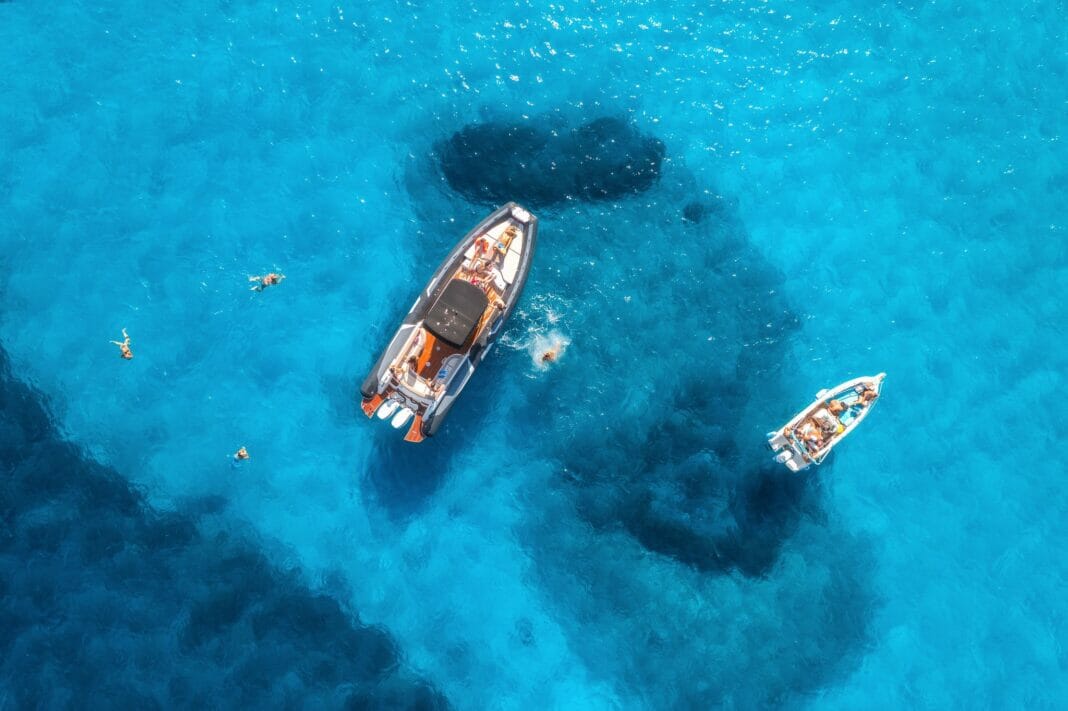The open water beckons, offering the thrilling adventure of boating. But before you set off on your journey, it’s critical to understand the dangers of carbon monoxide (CO) poisoning. It’s a risk that can easily be overlooked but poses serious harm to yourself and passengers. Let us explore how to protect yourselves from this silent hazard and stay safe while you revel in the beauty of the open seas.
Beware of the Invisible Killer: Carbon Monoxide
The treacherous gas, carbon monoxide, a colorless, odorless, and tasteless by-product of internal combustion engines, lurks in the shadows. It offers no warning signs and yet it can cause a range of symptoms from mild nausea and headache to severe illness, unconsciousness, or death. With no way to detect this killer with our human senses, it is essential to take precautions to keep your crew safe.
The Dangers of CO Poisoning on Boats
The perilous nature of seafaring vessels makes them a particularly hazardous habitat for carbon monoxide poisoning. From their peculiarly crafted layout to the often-hostile outdoor environment, boats present several opportunities for CO accumulation. Here are the risks:
- Narrowed worlds: Boats are like small, airtight boxes that can quickly become filled with CO if left unchecked, trapping their inhabitants in a dangerous atmosphere.
- Dangerous Idling: Leaving engines running can be deadly. The carbons linger in the air, looming near the swim deck or water access area, a menacing reminder of the potential danger. Cut your engines for safety’s sake!
- Backdrafting: When the boat is idling, moving slowly, or sharply turning, like a bad movie scene, Carbon Monoxide can be drawn into the boat through the exhaust vents–a phenomenon known as backdrafting. Crucial for any boat operator to understand and prevent.
- Nearby vessels: Carbon monoxide can quickly accumulate from other boats’ exhaust in such close vicinity, creating a hazardous atmosphere even in marinas during bustling times.
Preventing CO Build-up and Exposure
Protecting yourself and your crew from CO poisoning on your boat is critical. Sail with caution by following these preventative measures:
Ensure Proper Ventilation
Maintaining proper ventilation is paramount when it comes to avoiding dangerous CO build-up. Inspect the exhaust systems, from the generator exhaust to other enclosed spaces, consistently and rigorously. Ensure these exhausts are operating as designed and never obstructed. By adhering to your boat’s individualized ventilation needs, you can prevent serious danger.
Install CO Detectors
Outfit your vessel with marine-grade carbon monoxide detectors in each cabin, especially those for sleeping and leisure. Make sure to continuously check these life-saving devices to ensure they function properly; replace batteries as soon as you notice a warning sign. With this easy precaution, enjoy a day on the sea without worry.
Maintain Engines and Equipment
Take preventative measures to ensure your engines remain in pristine condition. Schedule regular maintenance and follow manufacturer suggestions for optimal performance. Don’t let the smallest of leaks, corrosion, or damage go unchecked–these little things can add up, leading to an increased risk of CO build-up.
Educate Passengers on the Risks
Alert passengers of the perils that come with carbon monoxide poisoning and the procedures you are undertaking to stop it on your vessel. It is essential for them to understand not to idle in a confined area and be mindful of the risks when swimming or hanging out around boat exhausts outlets.
Recognizing CO Poisoning Symptoms and Proper Response
It is imperative that all on board are aware of the signs and symptoms of carbon monoxide poisoning. Delay in recognizing these symptoms can have drastic implications, therefore everyone should be cognizant of this toxic gas. The indications for CO poisoning may include:
- Headache
- Dizziness
- Weakness
- Nausea or vomiting
- Confusion or disorientation
- Sleepiness
- A rapid or irregular heartbeat
- Chest pain
If suspicions of CO poisoning arise, act quickly! Rush to take the following steps:
- Race to the fresh air: Escort those afflicted by the symptoms outside, where the crisp, reviving air awaits them! Speed is of the essence in this dire situation.
- Power down all machinery: Immediate shut down of all machines that are capable of producing deadly CO.
- Rally for assistance: Take decisive action and alert the Coast Guard or emergency services of the urgent situation. Time is of the essence, so seek immediate medical attention!
- Purge the vessel: Swing open all hatches, portals, and windows to drive out all the CO before you make your way back onboard.
- Assess and Fix: Once the crew is safe, perform a meticulous investigation of the vessel until the cause of the hazardous CO build-up is uncovered. When identified, take the measures necessary to repair it immediately before voyaging again.
Secure Your Ship from CO Perils
The deadly perils of carbon monoxide lurk in the shadows, invisible and silent. But with the correct precautions, you can safeguard your crew and protect those who trust you to get them home safely.
Follow these critical steps to prevent build-up, educate your guests, and confront any exposure risks. Keep alert and add CO safety to your routine for a sublime voyage for all aboard.


